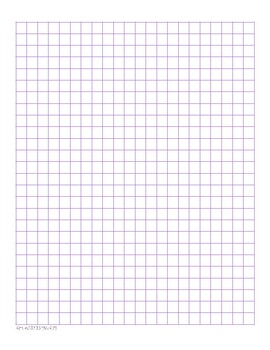Colorful Grid Paper - Squares in 2 Sizes
- PDF
Description
**This resource is a supplement to the CCSS. It is NOT a teaching tool, but something to supplement those lessons.**
Of course you can find black or gray grid paper in stores. BORING! Print these off and give your students some zing! Useful for any age - this file contains 5 sheets of colorful small squares & 5 sheets of colorful large squares. Of course most people think of using grid paper for graphing, but in the younger ages, it can be great to work through multiplication & division problems. And if you have a small one needing something to keep their attention for 2 minutes, let them choose their favorite grid color, hand over some crayons, & see what unique designs they come up with! And if you're brave - watercolors! The larger grids can also be used for sticker charts, checklists, calendars, and so much more. Enjoy this colorful, non-boring grid paper! It's the small things in life, truly.





